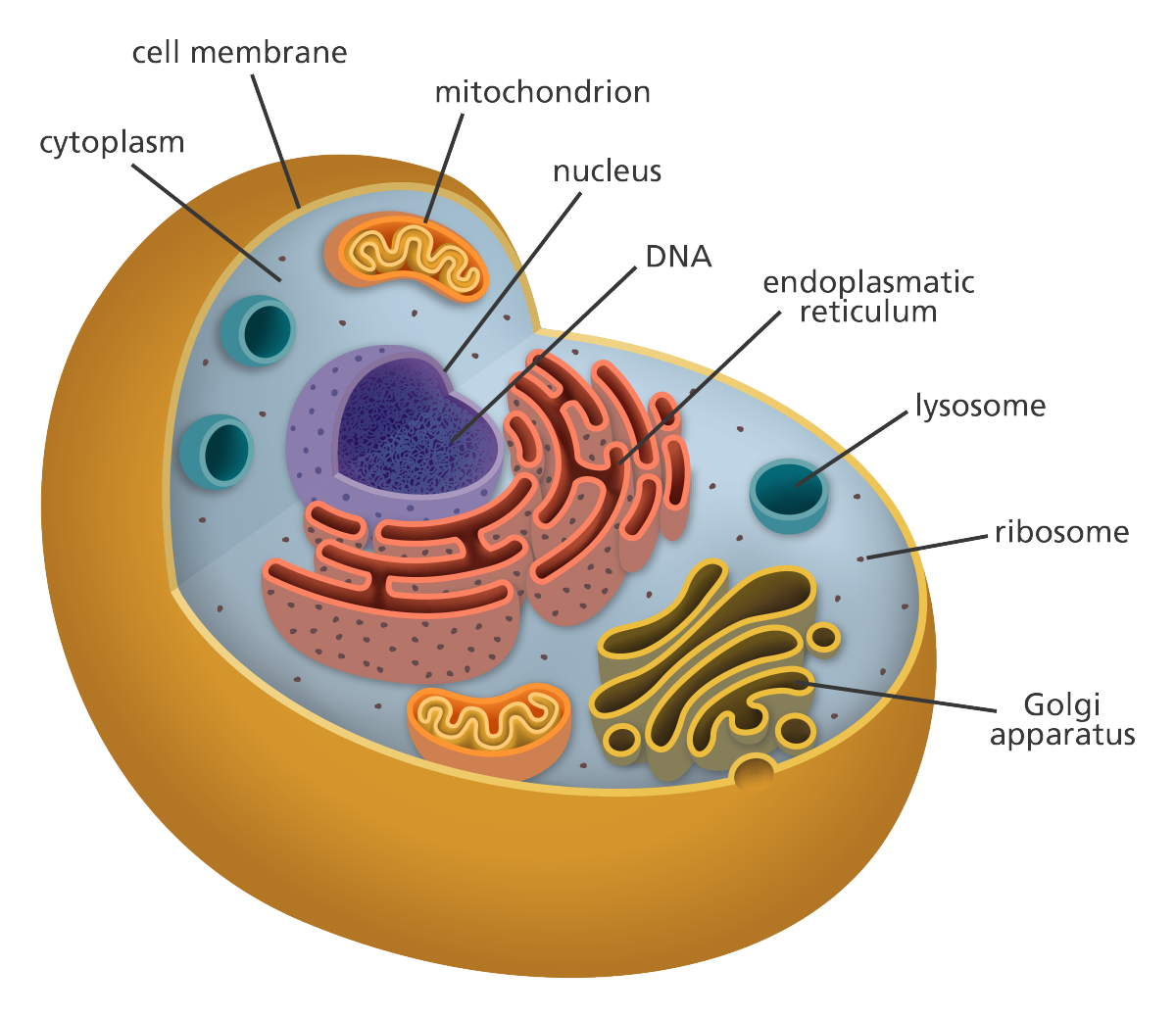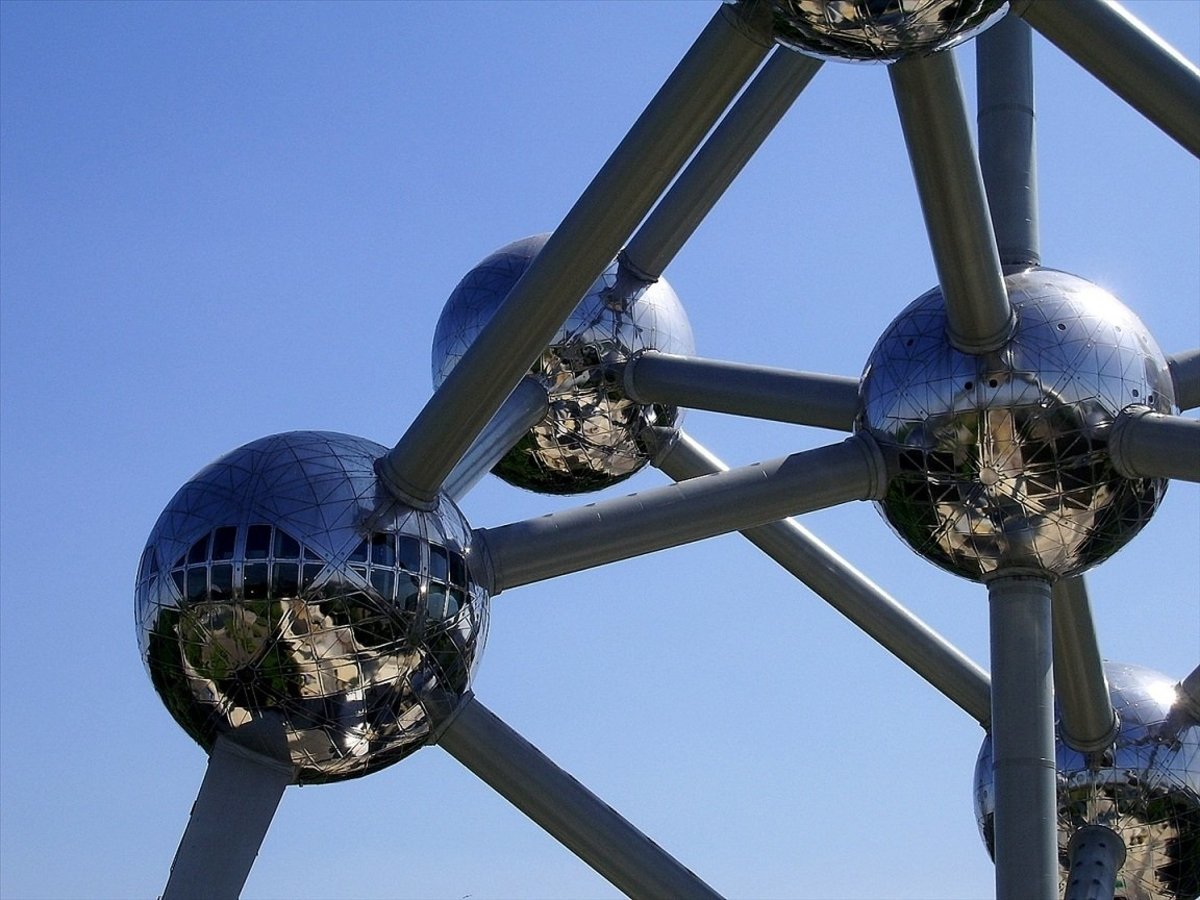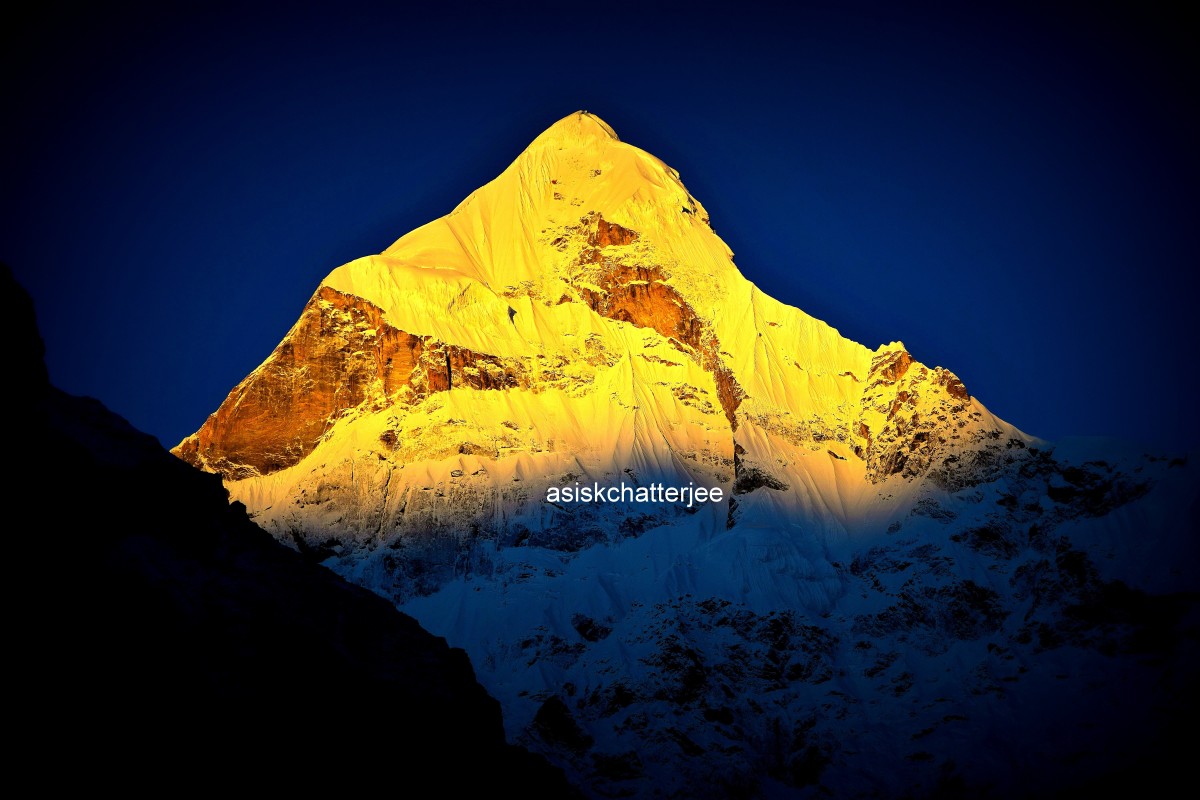Structure of the Earth
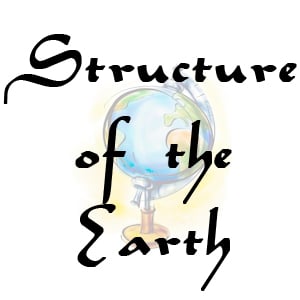
Information about the internal structure of the earth is derived through the studies of earthquake waves. The shock waves produced at the time of an earthquake are recorded by a seismograph and an analysis of the time of approaching waves at a particular point helps in finding out the epicenter (the point on the surface of the earth where the earthquake is felt first of all) and the seismic focus (the point of origin of the earthquake in the interior of the earth. This point is immediately below the epicenter). The behavior of the earthquake waves as they pass through different layers of the earth , indicates the interior structure of the earth. Such a study of the earthquake waves indicated that the earth is not made up of homogeneous material. The density of the material increases as we go inwards in the earth and the composition of the rocks also changes inwards. Generally the lighter and less dense rocks are found on the surface of the earth while the rocks in the interior are denser and heavier.
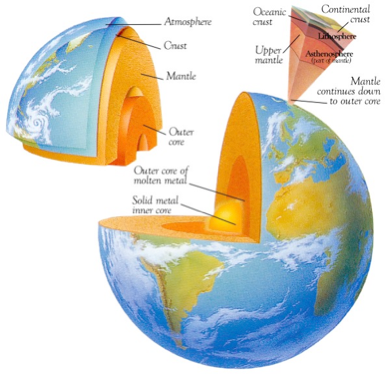
The topmost solid crustal layer of the earth is called the lithosphere. The upper part of the lithosphere is made of lighter rocks formed of substances such as silica and aluminum. This part is called the sial layer. Below this layer the rocks are denser and they are composed of materials such as silica and magnesium and this layer of denser rocks is called the sima layer. The continents are made up primarily of the sial type of material while the ocean bottoms have a very thin layer of such material and sima is the dominant material forming the ocean bottoms.
The layer below the crust is called the mantle. Most of the material constituting this layer is of simatic type. This second layer of the earth extends up to a depth of about 2900 km. This layer is also called the asthenosphere due to its greater plasticity and elasticity. The material forming this layer is in a molten state. The third part of the earth is the metallic core. The rocks in this part have a high density and they are composed of materials like nickel and iron. This material is called the Nife zone. Although the temperature in this layer is too high to allow the rocks to remain in a solid state, due to the excessive pressure of the overburden, the rocks in this part do not flow freely like liquid. This part of the earth is called the centrosphere. A transitional zone between the crust and the mantle layers is called Mohorovicic Discontinuity or the Moho layer while an analogous layer or transitional zone between the core and the mantle is called the Gutenberg Discontinuity.
Also See related Geography Articles:
- Theories and Hypothesis On The Origin Of The Earth
Origin of the Earth, Theories and Hypothesis On The Origin Of The Earth. Kant's gaseous hypothesis, Laplace's nebular hypothesis, Jeans and Jeffreys tidal hypothesis. - Movements of the Earth
Movements of the Earth, Revolution and Rotation of the Earth. The earth has two motions, the rotation and the revolution. The earth revolves around the sun and also rotates on its own axis. - Moon and the Earth
Moon is the only satellite of the Earth. The moon rotates on its axis and revolves round the earth in a fixed orbit. Eclipses, distance between the moon and the earth, etc. - Latitudes and Longitudes
Latitudes and Longitudes. Lines on the surface of the earth, measured northwards or southwards of equator is called the latitude. Longitude is the basis of measurement of time on the surface of the earth. - Classification of Rocks
The rocks represent the material of which the earth is made. A rock is a mixture of various minerals. On the basis of their mode of formation rocks are classified into three groups: Igneous rocks, Sedimentary rocks and Metamorphic rocks.



